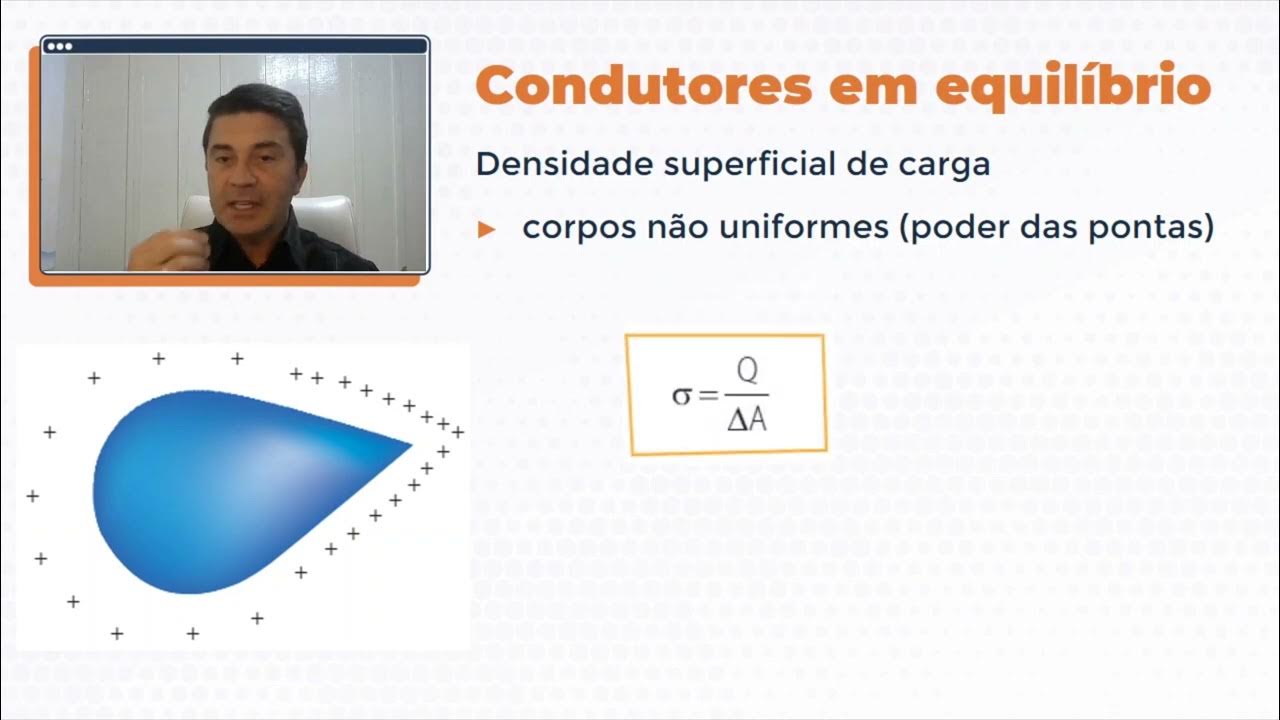Prinsip Kapasitor | Kapasitor | Part 1 | Fisika Dasar
Summary
TLDRThis video explores the fundamental principles and types of capacitors, their role in storing electrical energy, and key formulas related to their behavior. The discussion includes the basic operation of capacitors, their capacitance, and energy storage formulas. Different types of capacitors such as parallel plate, cylindrical, and spherical are examined, along with their respective capacitance equations. The video also covers the combination of capacitors in series and parallel, their respective effects on charge and voltage, and how energy is stored within capacitors. Theoretical insights are provided, with a promise of future discussions on practical applications.
Takeaways
- 😀 Capacitors are fundamental electrical components used to store energy in the form of an electric field.
- 😀 A capacitor is formed by two conductors with opposite charges, creating a potential difference between them.
- 😀 The key formula for capacitance is C = Q/V, where Q is the charge and V is the potential difference.
- 😀 The unit of capacitance is the Farad (F).
- 😀 Capacitors are represented by two parallel lines in electrical circuits, similar to a battery but with different symbols.
- 😀 Common capacitor shapes include parallel plate, cylindrical, and spherical configurations.
- 😀 The formula for a parallel plate capacitor is C = (ε₀ * A) / d, where A is the area of the plates and d is the separation between them.
- 😀 Edge effects in parallel plate capacitors can be minimized by making the plates large enough.
- 😀 Capacitors in series: The total capacitance is the reciprocal of the sum of the reciprocals of individual capacitances.
- 😀 Capacitors in parallel: The total capacitance is the sum of individual capacitances.
- 😀 Energy stored in a capacitor is calculated using E = 1/2 * C * V², where C is the capacitance and V is the voltage across it.
Q & A
What is a capacitor?
-A capacitor is an electrical component that stores energy in the form of an electric field. It consists of two conductors separated by an insulating material (dielectric), where one conductor holds a positive charge and the other holds a negative charge.
What is capacitance and how is it calculated?
-Capacitance is a measure of a capacitor's ability to store charge per unit of voltage. It is calculated using the formula: C = Q/V, where C is capacitance (in Farads), Q is the charge (in Coulombs), and V is the voltage (in Volts).
What are the three main types of capacitors discussed?
-The three main types of capacitors discussed are the parallel plate capacitor, cylindrical capacitor, and spherical capacitor. Each has a different structure, but all are designed to store electrical energy in the form of an electric field.
How does a parallel plate capacitor work and what is its capacitance formula?
-A parallel plate capacitor consists of two parallel plates, one with a positive charge and the other with a negative charge. The capacitance depends on the area of the plates (A) and the distance (d) between them. The formula is C = ε₀ * A / d, where ε₀ is the permittivity of free space.
What is the capacitance formula for a cylindrical capacitor?
-The capacitance of a cylindrical capacitor is given by the formula C = 2πε₀L / ln(b/a), where L is the length of the cylinders, and a and b are the inner and outer radii of the cylinders, respectively.
What is the capacitance formula for a spherical capacitor?
-The capacitance of a spherical capacitor is given by the formula C = 4πε₀ / (1/a - 1/b), where a and b are the inner and outer radii of the spheres, respectively.
What happens when capacitors are connected in series?
-When capacitors are connected in series, the total capacitance is calculated by the reciprocal formula: 1/C_total = 1/C₁ + 1/C₂ + ... . The charge on each capacitor is the same, but the voltage across them may vary.
What happens when capacitors are connected in parallel?
-When capacitors are connected in parallel, the total capacitance is the sum of the individual capacitances: C_total = C₁ + C₂ + ... . In this configuration, the voltage across each capacitor is the same, but the charge stored on each capacitor may differ.
How is energy stored in a capacitor calculated?
-The energy stored in a capacitor is calculated using the formula: E = ½ C V², where E is the energy (in joules), C is the capacitance (in Farads), and V is the voltage (in Volts). It can also be expressed as E = Q² / 2C, where Q is the charge stored in the capacitor.
What is the relationship between electric fields and energy in a capacitor?
-The energy density (energy per unit volume) in a capacitor's electric field is given by the formula: u = ½ ε₀ E², where u is the energy density, ε₀ is the permittivity of free space, and E is the electric field strength.
Outlines

此内容仅限付费用户访问。 请升级后访问。
立即升级Mindmap

此内容仅限付费用户访问。 请升级后访问。
立即升级Keywords

此内容仅限付费用户访问。 请升级后访问。
立即升级Highlights

此内容仅限付费用户访问。 请升级后访问。
立即升级Transcripts

此内容仅限付费用户访问。 请升级后访问。
立即升级浏览更多相关视频

Potensial Listrik dan Kapasitor

Capacitores - Eletrostática

VIDEOAULA | Física | Ensino Médio | Fundamentos da Eletrodinâmica I

Capacitores Explicados - Los fundamentos funcionan los condensadores. Principio de funcionamiento

BAB 4 LISTRIK, MAGNET DAN SUMBER ENERGI ALTERNATIF - PART 2 (IPA Kelas 9 Kurikulum Merdeka)

Capacitors in Series and Parallel Explained!
5.0 / 5 (0 votes)
